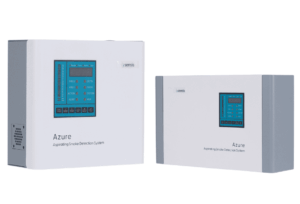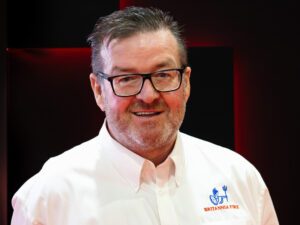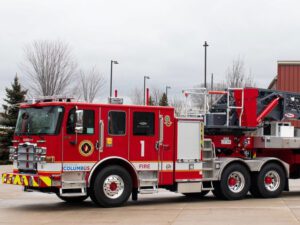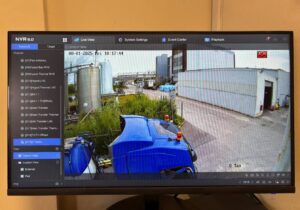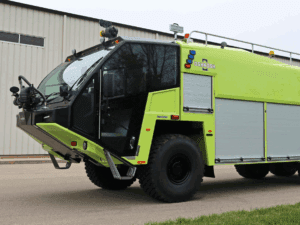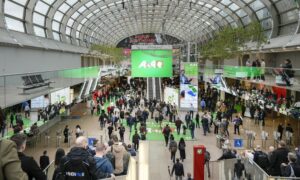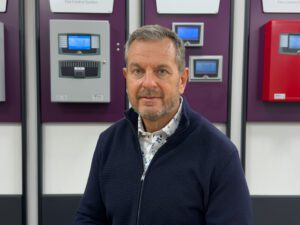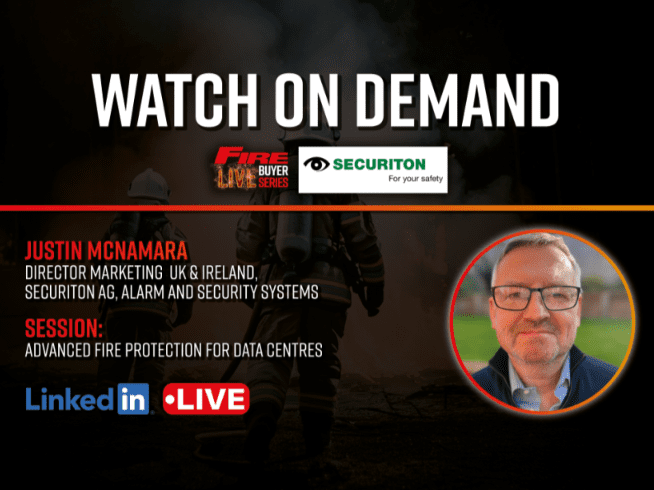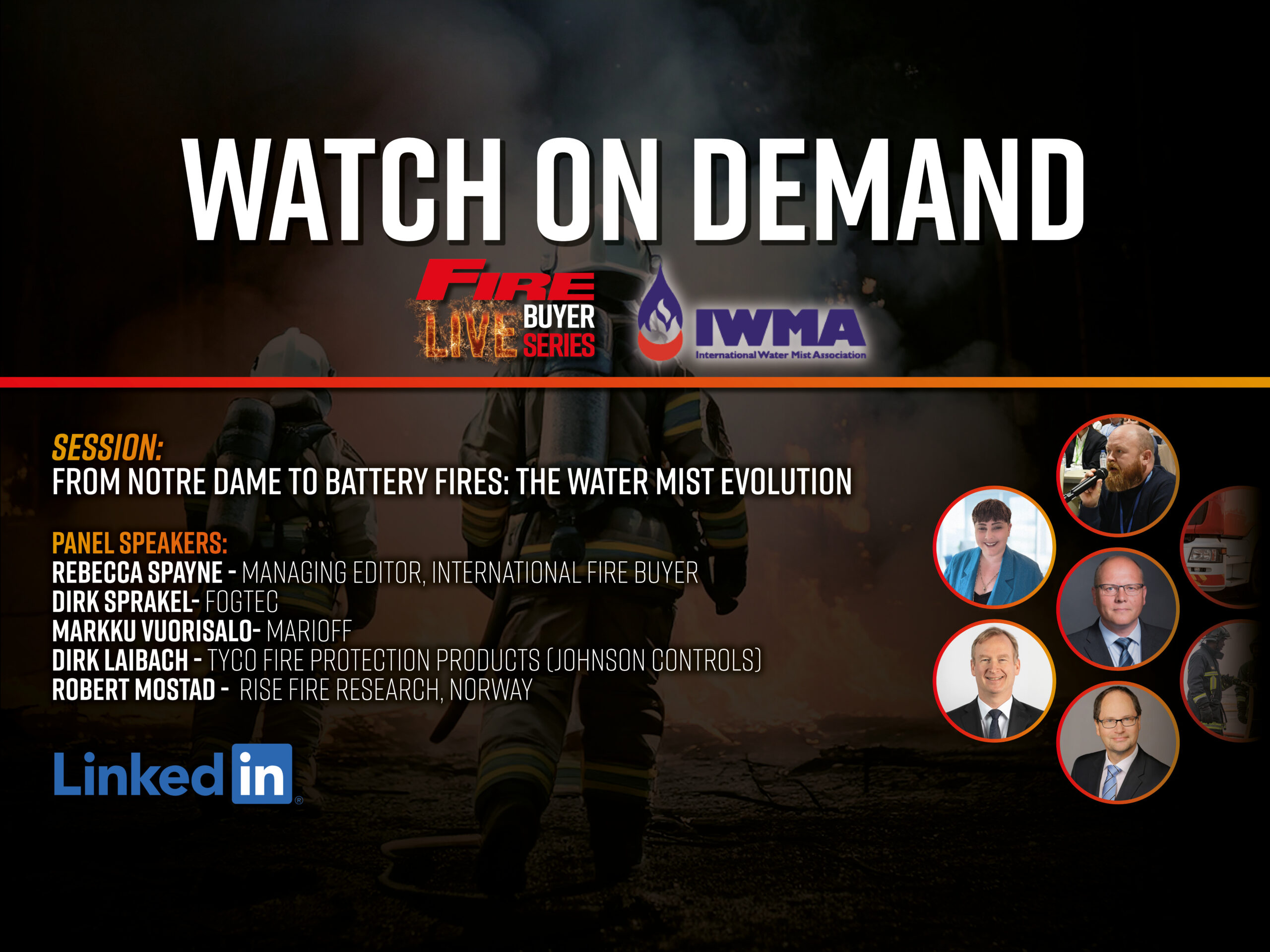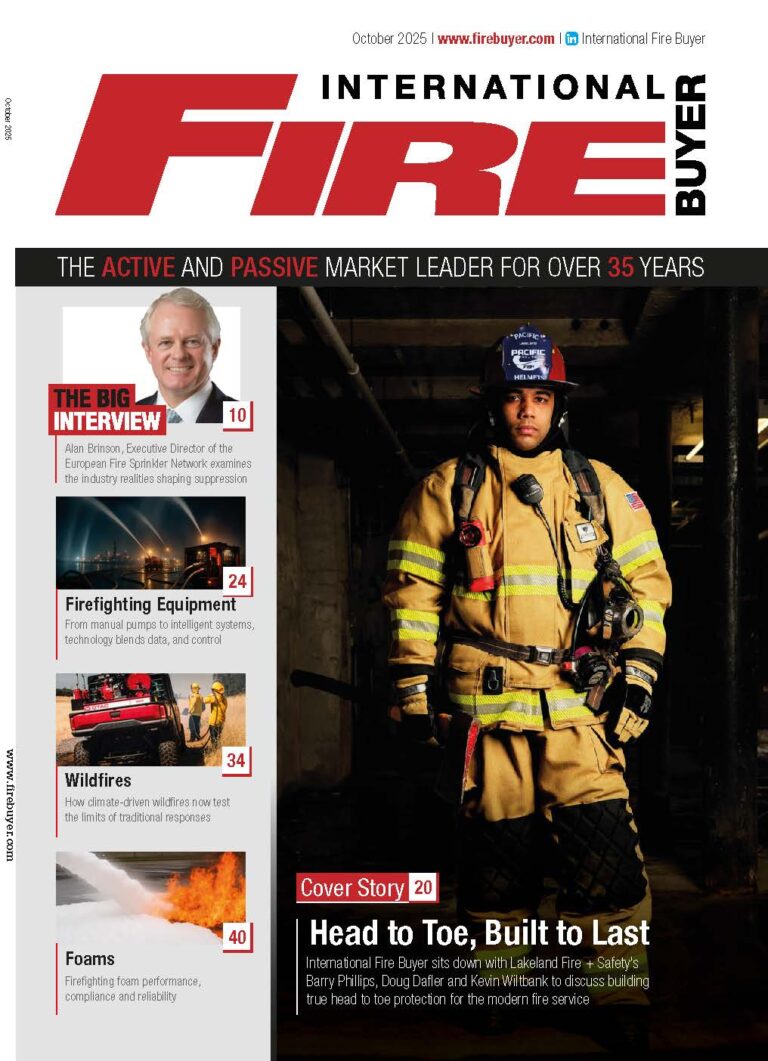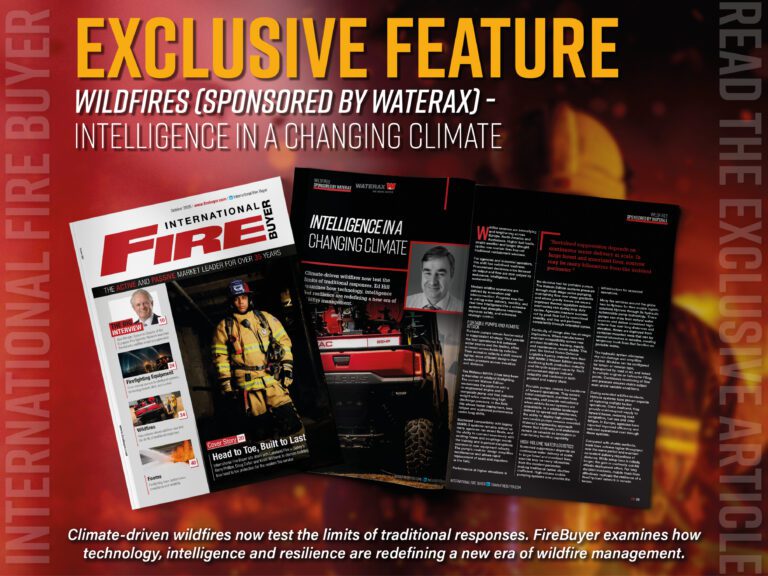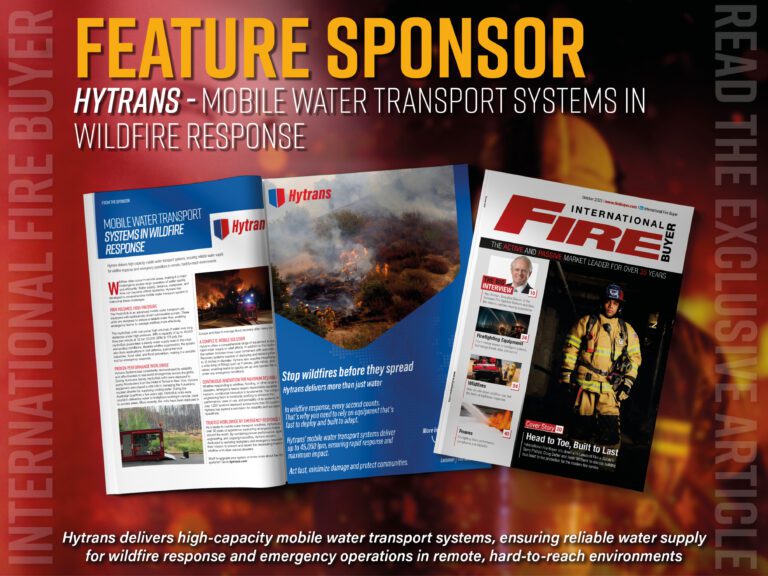RainFire Wildfire Prevention owner and CEO Damien Watel discusses the Make It Rain wildfire defence system, that transforms existing hydrants and local water sources into a powerful wildfire protection system
How do you calibrate water application so that it is both effective at fire prevention and minimises waste compared to conventional suppression?
The calibration of water application is four-fold. At 200gpms it takes four minutes to reach 40% dampness on the landscape. Then the units need to reactivate every 15 minutes to counter any drying that occurs. Also, pre-spraying uses five times less water than attempting to extinguish flames engulfing a structure. Lastly, the layout, location and size of the devices within a subdivision is planned so that some spray zones overlap to create full coverage.
Additionally, the system is engineered to activate only when wildfire conditions are imminent, reducing unnecessary watering. The control logic ties sensor inputs, weather data and fire spread modelling to determine the minimal spray duration needed to maintain dampness thresholds. The system also learns historical data per zone such as terrain slope, vegetation type, wind exposure. This refines the trigger thresholds over time to optimise coverage while limiting water use.
You claim to use 10 times less water via controlled deployment. What engineering or system design features allow such dramatic water savings over traditional firefighting methods?
The dramatic water savings, are realised by the simple fact that trying to extinguish any flame, or a house fully on fire, for example, takes much longer than simply trying to wet the same area. One device will cover several homes whereas one house fire will probably involve several fire trucks hooking up a half dozen hoses. Also with prevention, the outcome is vastly different because the owner’s house is still standing instead of the alternative that is a pile of burnt rubble.
By preserving high moisture levels in advance, only small, strategic activation to create a wet zone is required rather than continuous, high-volume firefighting flows. The system’s long reach (up to 1,000 feet diameter spray) allows fewer devices to cover wider areas and overlapping spray zones reduce weak spots.
Many communities already have underground water and hydrant infrastructure. How does RainFire retrofit onto existing systems without needing major civil works or infrastructure overhaul?
The retrofit device attachment fits on the universal 2.5” outlet and is mounted in less than five minutes. We offers three ‘Quick-Fit”’ retrofit options: Clamp style, Monitor style, and Bonnet style. These are engineered to mount to existing hydrants (side-outlet, central nozzle, dome-top respectively). The various options can also be mounted on an adjacent concrete base or even directly on waterlines themselves for new and future installations. No major civil engineering work is required.


